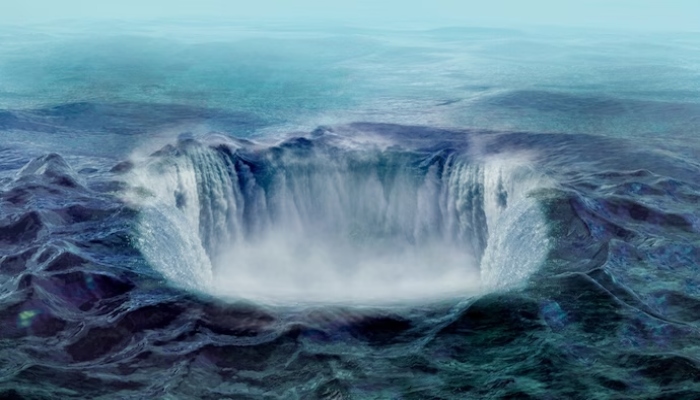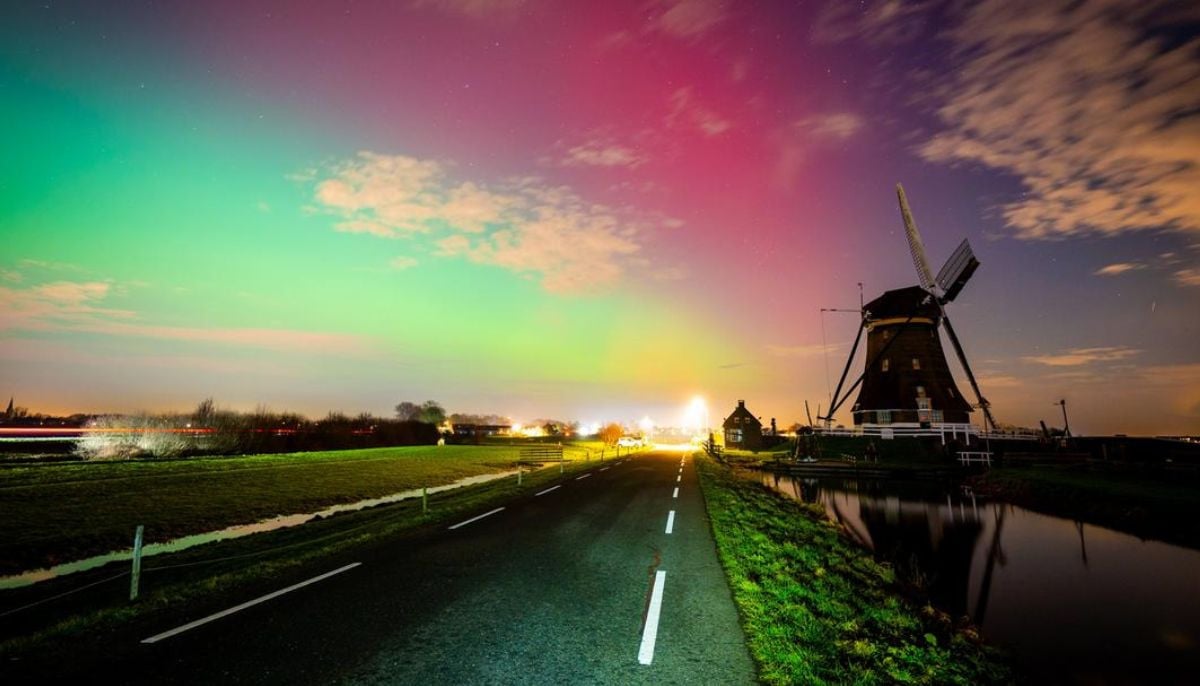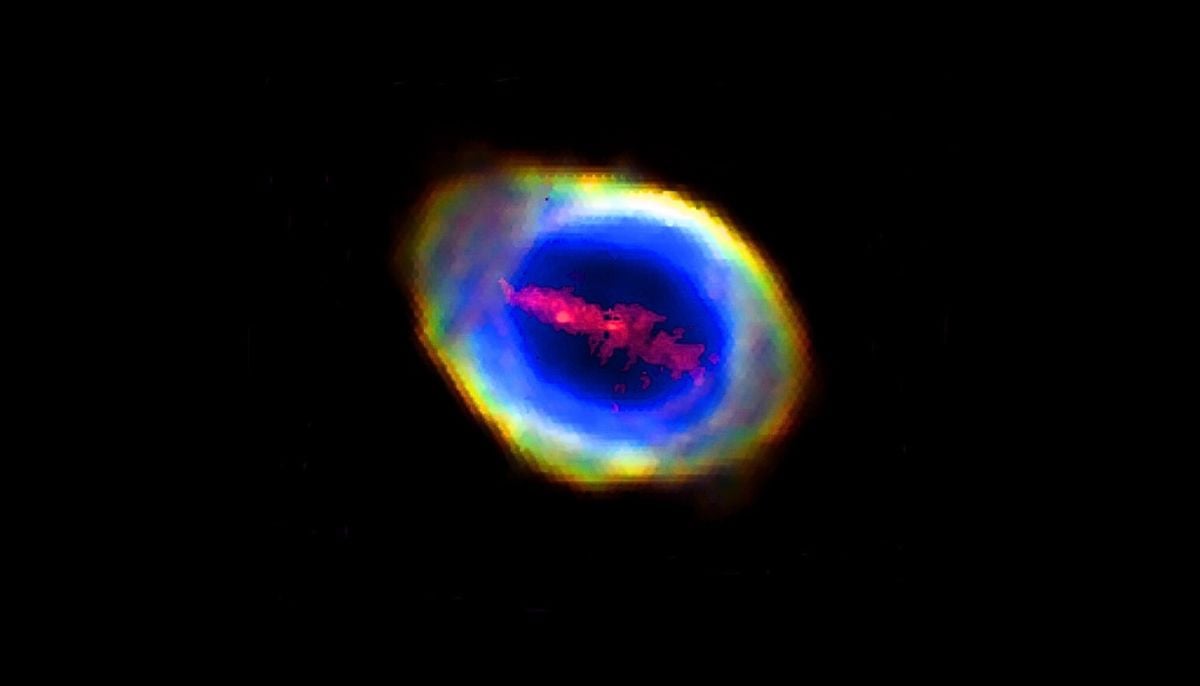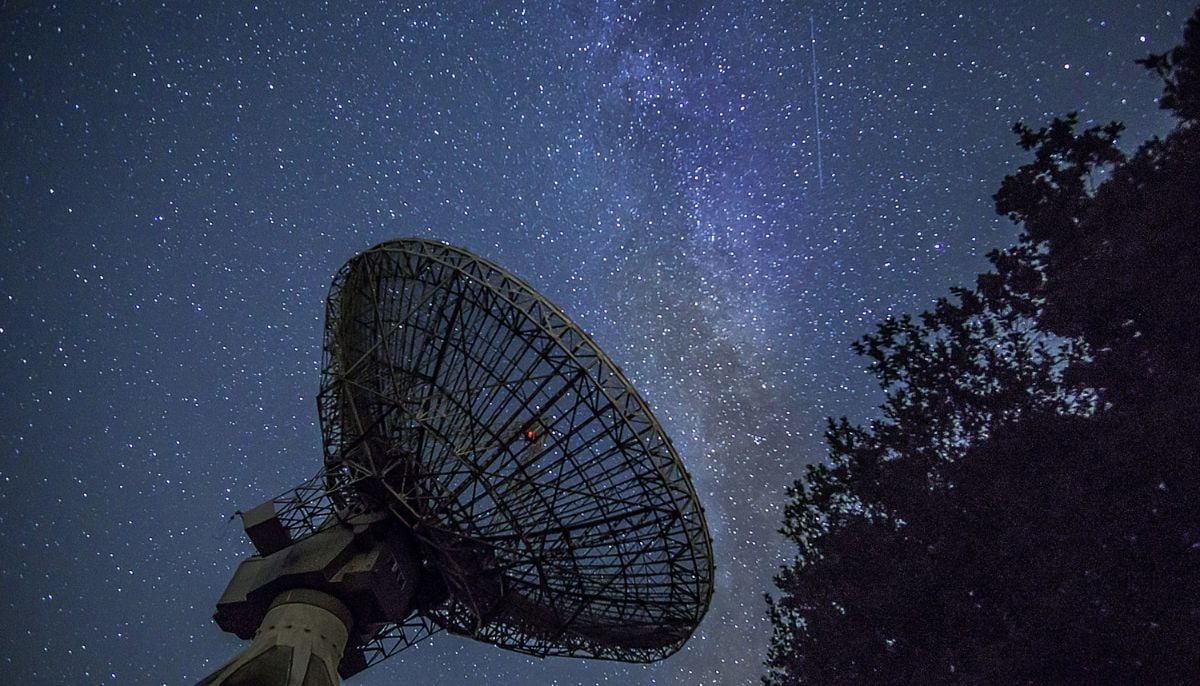Giant gravity hole discovered in Indian Ocean. Here's what we know
Gravity hole anomaly formed hot magma plumes 20 million years ago and grew stronger with the plumes
An enormous gravity hole lying in the Indian Ocean has been discovered by researchers at the Indian Institute of Science.
The sea level only dips because of a gravitational tug-of-war just off the tip of the Indian subcontinent, which is why it is scientifically known as the Indian Ocean Geoid Low (IOGL).
However, its origin is still unknown.
These enormous structures, which have a surface area of about three million square kilometres and were created in the ocean, have now been explained by two researchers from the Centre for Earth Sciences at the Indian Institute of Science in Bangalore.
Since variations in density and mass distribution cause the gravitational field of Earth to be less uniform, the gravity hole is not a perfect sphere.
The researchers suggested that there are denser regions in some places and less dense regions in other places on Earth because of the non-homogeneous distribution of mass.
The geoid was formed as a result of the different variations in mass and density that result in different gravitational attractions.
The gravitational field's irregularities lead to differences in the strength of gravity at various points on the Earth's surface, which have an impact on how the Earth is shaped. The rotation, gravitational pull, and internal makeup of the planet all have an impact on its shape.
Gravity hole's formation
Debanjan Pal and Attreyee Ghosh, the research's principal investigators, peered 1,000 kilometres below the Earth's crust, where an ancient ocean once ploughed through and stirred up hot molten rock nearly 30 million years ago, India Today reported.
When the Indian plate had only recently started to separate from the larger Gondwanaland, the team then looked at how the tectonic plates had moved in relation to one another over the previous 140 million years.
The researchers used seismometer data collected by researchers from the National Centre for Polar and Ocean Research along the deformation zone.
The gravity hole anomaly needed to form plumes of hot, low-density magma every time, according to simulations performed on a number of computer models, and the first one did so almost 20 million years ago. The gravity hole grew larger as the plumes got stronger.
"Plumes are integral in generating the IOGL. The contribution of lower mantle Tethys slabs is secondary but also necessary in generating this geoid low," they wrote in a paper published in Geophysical Research Letters.
-
Bamboo: World’s next sustainable ‘superfood’ hiding in plain sight
-
NASA Artemis II rocket heads to the launch pad for a historic crewed mission to the Moon
-
Blood Moon: When and where to watch in 2026
-
Elon Musk’s Starlink rival Eutelsat partners with MaiaSpace for satellite launches
-
Blue Moon 2026: Everything you need to know
-
Scientists unravel mystery of James Webb’s ‘little red dots’ in deep space
-
ISS crew of four completes medical evacuation with safe splashdown off California
-
Annular solar eclipse 2026: Here's everything to know about the ‘ring of fire’












